
Introduction to FCC Part 15 Certification in the United States
Overview of the Federal Communications Commission (FCC)
The Federal Communications Commission (FCC) regULates all commercial (i.e., non-military) sources of electromagnetic radiation. FCC rules and regulations, Title 47, Part 15, specify the limits on radiation from both intentional and unintentional radiators.
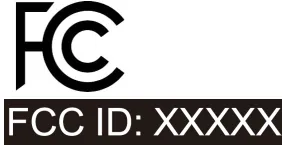
Federal Communications Commission (FCC)
The FCC governs interstate and international communications by radio, television, wire, satellite, and cable across the 50 states, the District of Columbia, and U.S. territories. As an independent U.S. government agency overseen by Congress, the FCC is responsible for enforcing and implementing U.S. communications laws and regulations.
Source of fcc part 15 Standards
In the United States, the FCC regulates all commercial electromagnetic radiation sources. FCC Title 47, Part 15 outlines limits on radiation from intentional and unintentional radiators.
The FCC regulates unintentional radiators, including any device or system that generates and uses timing pulses at a rate exceeding 9,000 pulses (cycles) per second and employs digital technology. This regulation covers almost all products using MICroprocessors, such as:
- Computers
- Computer peripherals
- Video games
- Office equipment
- Point-of-sale terminals
Certain categories of electronic equipment, such as automobiles, appliances, and industrial, scientific, or medical equipment, are not subject to Part 15 requirements.
It is illegal to sell or advertise any product regulated under FCC Part 15 unless its radiation and conducted emissions have been measuRED and verified to be compliant.
Classification of Devices Requiring FCC Authorization
FCC Part 15 (47 CFR Part 15) governs electronic and electrical devices that emit radio frequency (RF) energy and may interfere with other equipment operating between 9 kHz and 3000 GHz.
Devices fall into three categories:
1. Unintentional Radiators
Unintentional radiators are products that generate RF energy internally or send RF signals via connected wiring but do not intentionally emit RF energy wirelessly. Most unintentional radiators require authorization through the Supplier’s Declaration of Conformity (sdoc) process.
Examples:
- LED light bulbs
- Coffee machines
- USB sticks
- Wired mice
- External power supplies
2. Intentional Radiators
Intentional radiators are devices that generate and emit RF energy through radiation or induction. These devices include those with Wi-Fi, 3G, 4G, 5G, Bluetooth, LTE, or active RFID functionality. Most intentional radiators require FCC Certification.
Examples:
- Bluetooth speakers
- Active RFID tags
- Smartphones
- Wireless microphones
- Wireless routers
3. Incidental Radiators
Incidental radiators generate or emit RF energy unintentionally, even if not designed to do so. These components, integrated into larger systems, are categorized as either unintentional or intentional radiators.
Examples:
- Electric motors
- Mechanical light switches
Incidental radiators do not require device authorization but must still comply with general operational conditions under 47 CFR Part 15. Compliance involves using good engineering practices to minimize potential interference.
Device Categories That Do Not Require FCC Authorization
Certain devices do not require FCC authorization under 47 CFR Part 15:
1. Homemade Devices
Under 47 CFR Part 15.23, a product qualifies for exemption if it is:
- Not sold commercially
- Not assembled from a kit
- Built in a quantity of five or fewer for personal use
Individuals manufacturing homemade devices may lack the ability to fully assess compliance with FCC requirements. Therefore, good engineering practices should be followed.
2. Power Line Carrier (PLC) Systems
PLC systems are exempt from device authorization. However, under 47 CFR Part 15.113, they must comply with the following:
- Operate within 9 kHz – 490 kHz
- Function on a “no protection, no interference” basis
- Operate at the minimum necessary power level
3. Other Exempt Devices
47 CFR Part 15.103 lists several exempt devices, including:
- Digital devices dedicated to appliances (e.g., clothes dryers)
- Professional medical digital equipment
- Joysticks or similar devices without digital circuits
- Digital devices with power consumption below 6 nW
Digital Device Classification
47 CFR Part 15.3 divides digital products into two categories:
1. Class A Devices – Sold for use in commercial, industrial, or business environments.
2. Class B Devices – Sold for residential use (e.g., personal computers and calculators).
Class B devices are subject to stricter limits than Class A devices. ANSI Standard C63.4 defines radiation and conducted emi test procedures.
FCC Part 15 only regulates electromagnetic radiation, and there are no immunity requirements for product susceptibility to electromagnetic fields.
For U.S. military applications, MIL-STD-461 outlines EMC requirements applicable to various systems, from power tools to workstations. Unlike FCC regulations, MIL-STD-461 includes both emission and immunity requirements.
fcc part 15 certification Standards
47 CFR Part 15.31 incorporates several ANSI standards that define measurement procedures for technical compliance evaluation. Below is a brief overview of key standards:
### 1. ANSI C63.4
Radio Noise Emissions Measurement (9 kHz – 40 GHz for low-voltage electrical and electronic equipment)
- Provides guidelines for measuring RF signals and unintentional emissions
- Harmonized with other national and international standards
2. ANSI C63.10
Compliance testing for Unlicensed Wireless Devices
- Covers test procedures for various intentional radiators, including:
- Cordless phones
- Medical unlicensed wireless devices
- Intrusion detectors
3. ANSI C63.17
Electromagnetic and Operational Compatibility for Unlicensed Personal Communication Services (UPCS) Devices
- Covers verification methods for intentional radiators, such as:
- Broadband voice equipment
- Data equipment
- Includes RF emission limits and spectrum access procedures
4. ANSI/SCTE 54
Cable Television Digital Video Multiplexing and Transmission System Standard
- Defines in-band service multiplexing and transmission for cable TV
- Based on ISO/IEC 13818-1 (MPEG-2 system specifications)
5. ANSI/SCTE 65
Service Information for Digital Cable TV (Out-of-Band Transmission)
- Defines Service Information (SI) tables for:
- Digital cable set-top boxes
- Other “digital cable-ready” devices
- SI tables are formatted according to MPEG-2 system PSI data structure
6. ETSI EN 300 422-1
Electromagnetic Compatibility and Radio Spectrum Matters (ERM): Wireless Microphones (25 MHz – 3 GHz)
- Covers unwanted emissions, bandwidth limitations, and other specifications
FCC Authorization Procedures
Most electronic devices must go through one of the two authorization procedures:
1. FCC Supplier’s Declaration of Conformity (SDoC) – Generally for unintentional radiators
2. FCC Certification – Required for intentional radiators
Some devices contain both types of radiators, requiring manufacturers or importers to comply with both procedures.
Contact Information
JJR Laboratory in China offers fcc part 15 compliance testing services. For more information, please contact us.
Email:hello@jjrlab.com
Write your message here and send it to us
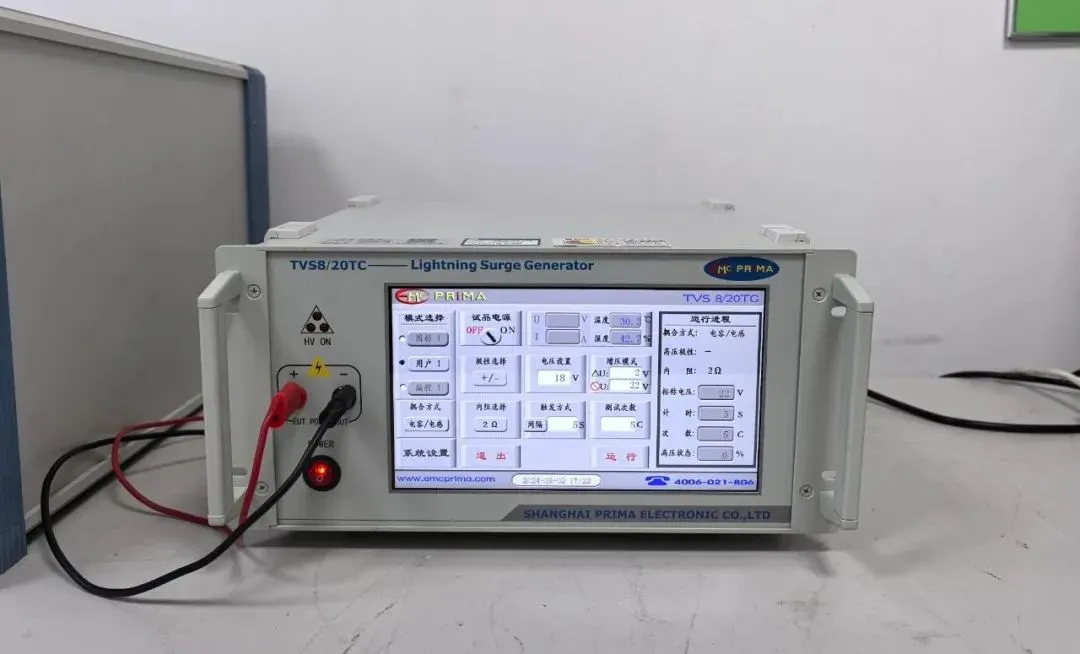 New METI Registration Regulations in Japan
New METI Registration Regulations in Japan
 Attention for Amazon Japan Sellers: New PSE Regula
Attention for Amazon Japan Sellers: New PSE Regula
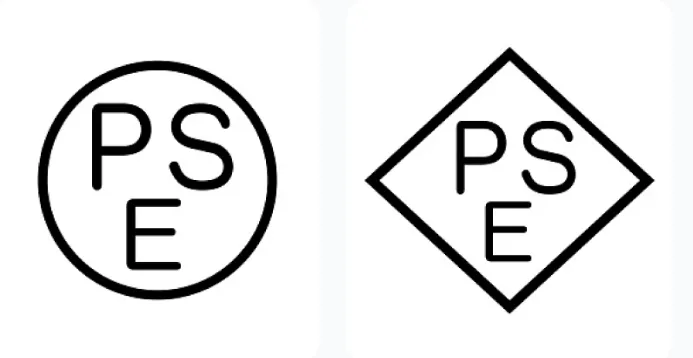 Compliance with Japanese Representative & METI
Compliance with Japanese Representative & METI
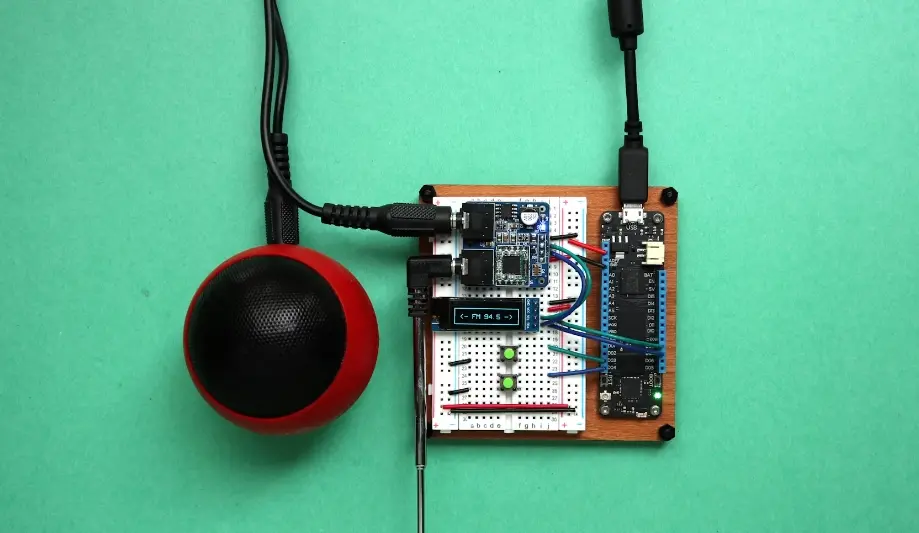 ZigBee-LoRa-Z-Wave Product compliance testing
ZigBee-LoRa-Z-Wave Product compliance testing
 Compliance Testing for FM/AM/DAB/DMB Broadcast Rec
Compliance Testing for FM/AM/DAB/DMB Broadcast Rec
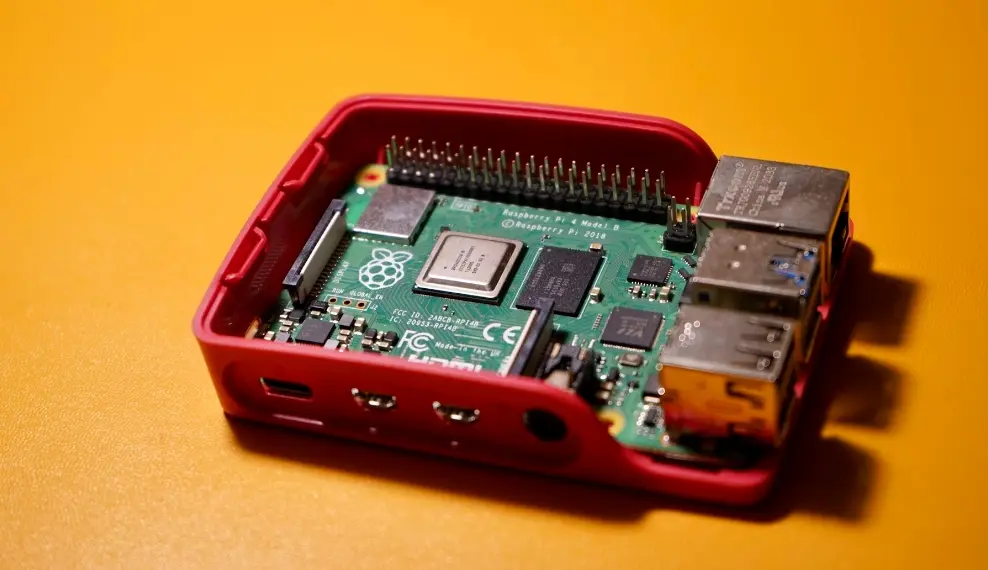 NFC/RFID Product Compliance Testing
NFC/RFID Product Compliance Testing
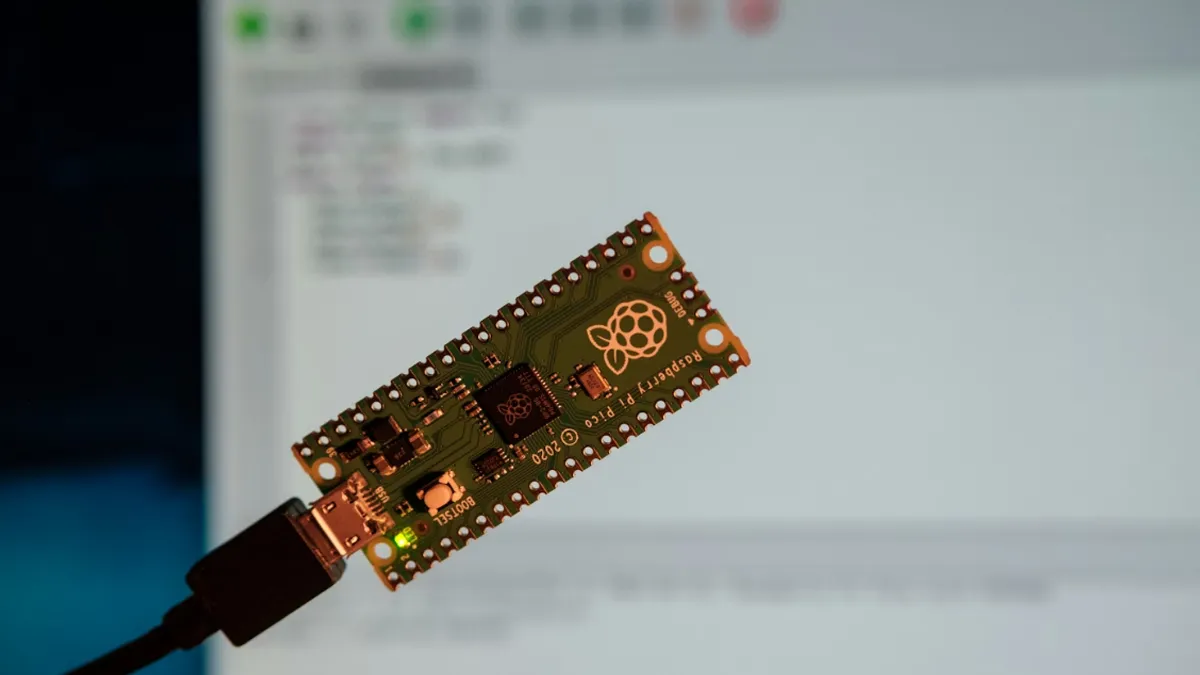 IEC 62368 Safety Standards Test Items and Requirem
IEC 62368 Safety Standards Test Items and Requirem
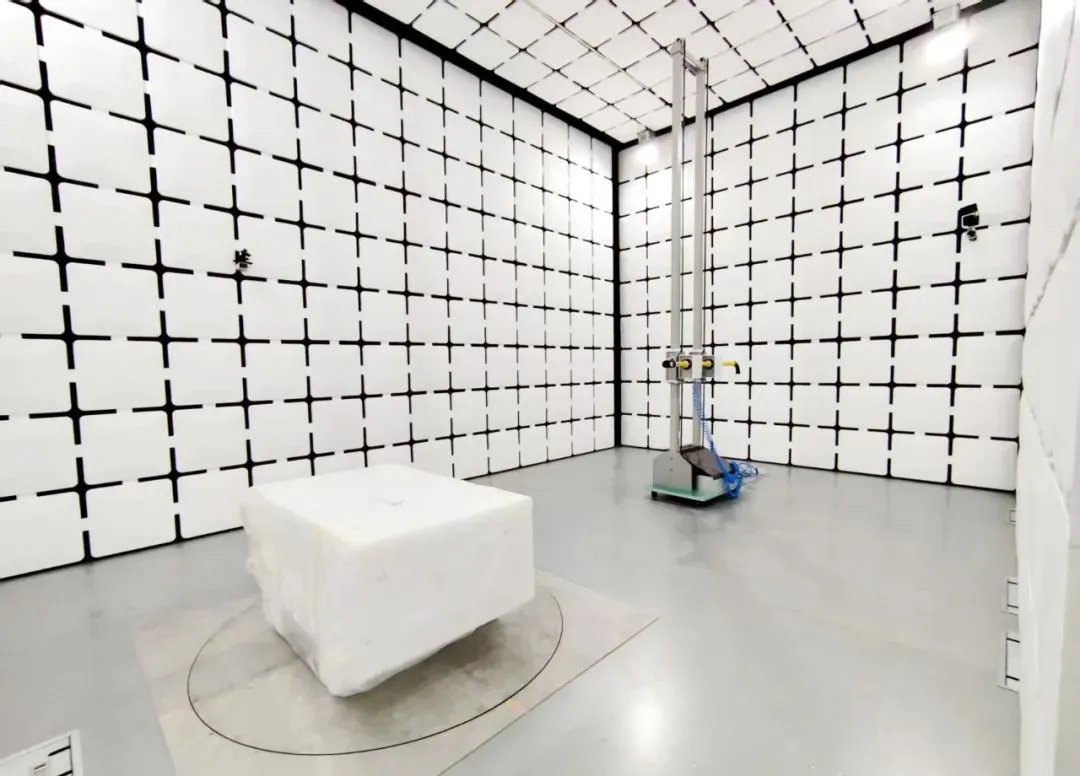 How to Obtain EU EN 62368 Compliance Certification
How to Obtain EU EN 62368 Compliance Certification
Leave us a message
24-hour online customer service at any time to respond, so that you worry!




